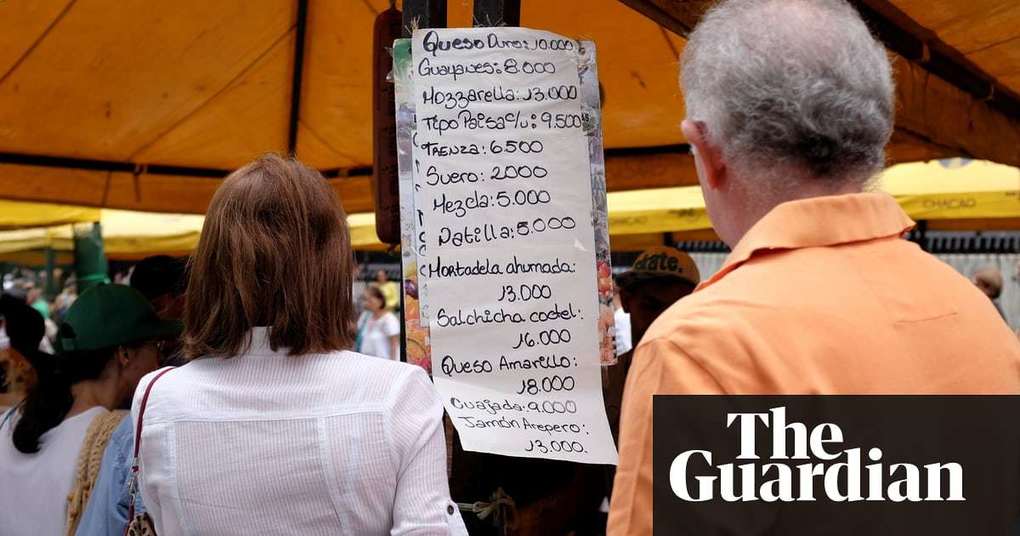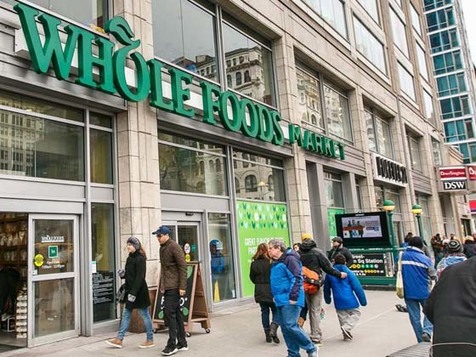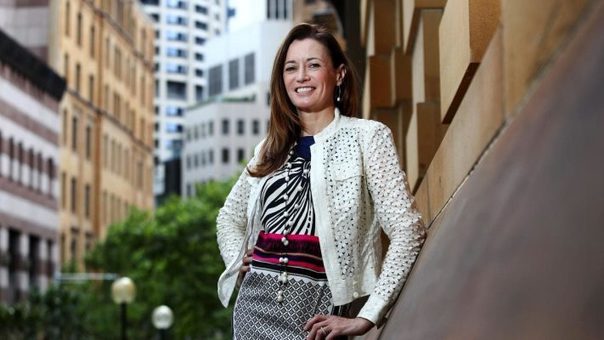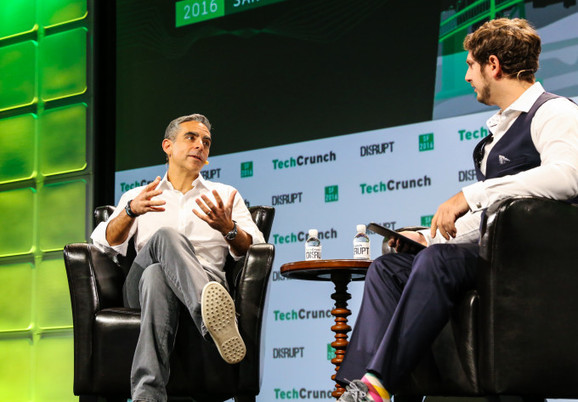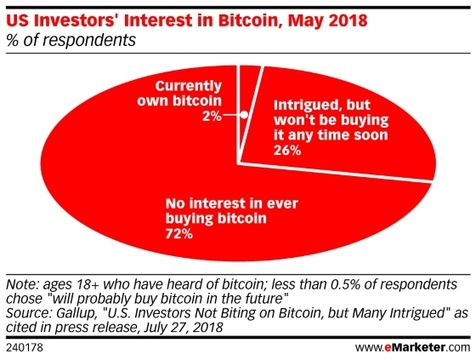Trump défait une nouvelle loi Obama et lance son plan charbon
Son auditoire devrait être ravi. En déplacement ce mardi en Virginie occidentale - le deuxième Etat qui produit le plus de charbon aux Etats-Unis - Donald Trump doit annoncer qu'il revient sur le Clean Power Plan de 2015 . Ce plan, adopté par l'administration Obama, visait à réduire les émissions de gaz à effet de serre dans l'énergie de 32 % en 2030, par rapport à leur niveau de 2005, et à favoriser la production d'énergies plus propres, comme le gaz, l'éolien ou le solaire.


